5 rural retreats in China
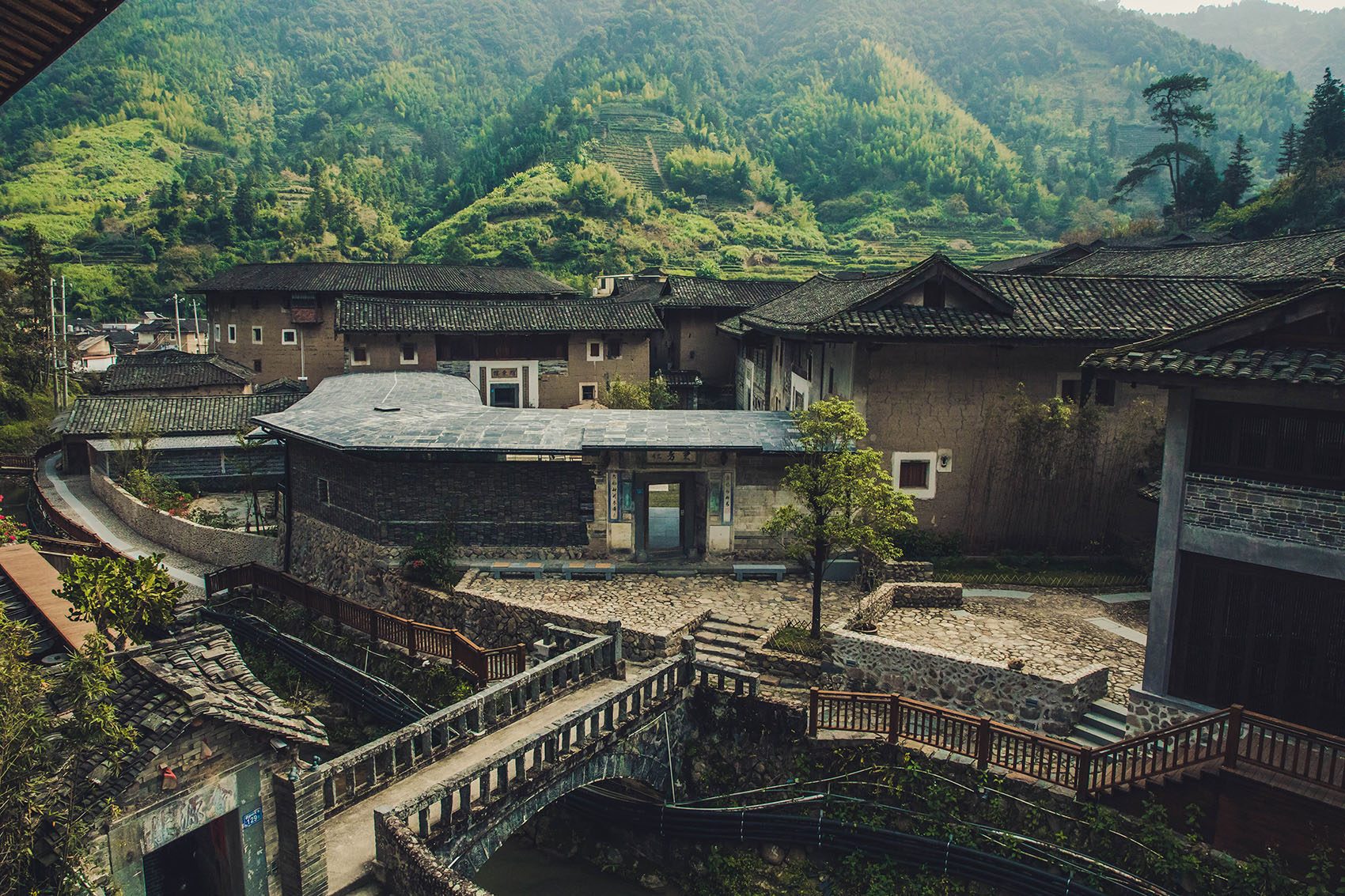
There’s little question that China is synonymous with rapid modernisation. But as cities continue to expand, both outwards and upwards, there’s a quieter movement happening in the countryside.
Whether transforming ancient buildings or realising new constructions, architects are drawing on local history, traditional building styles and artisanal craftsmanship to create exceptional, design-driven rural retreats. And this appreciation isn’t just reserved for design, either: a slate of activities, from calligraphy classes to foraging expeditions, give guests a more authentic connection to the location.
With some on the outskirts of major cities, and others a little farther afield, here are five countryside hotels in China to explore. After these last few years, who doesn’t need an escape to the country?
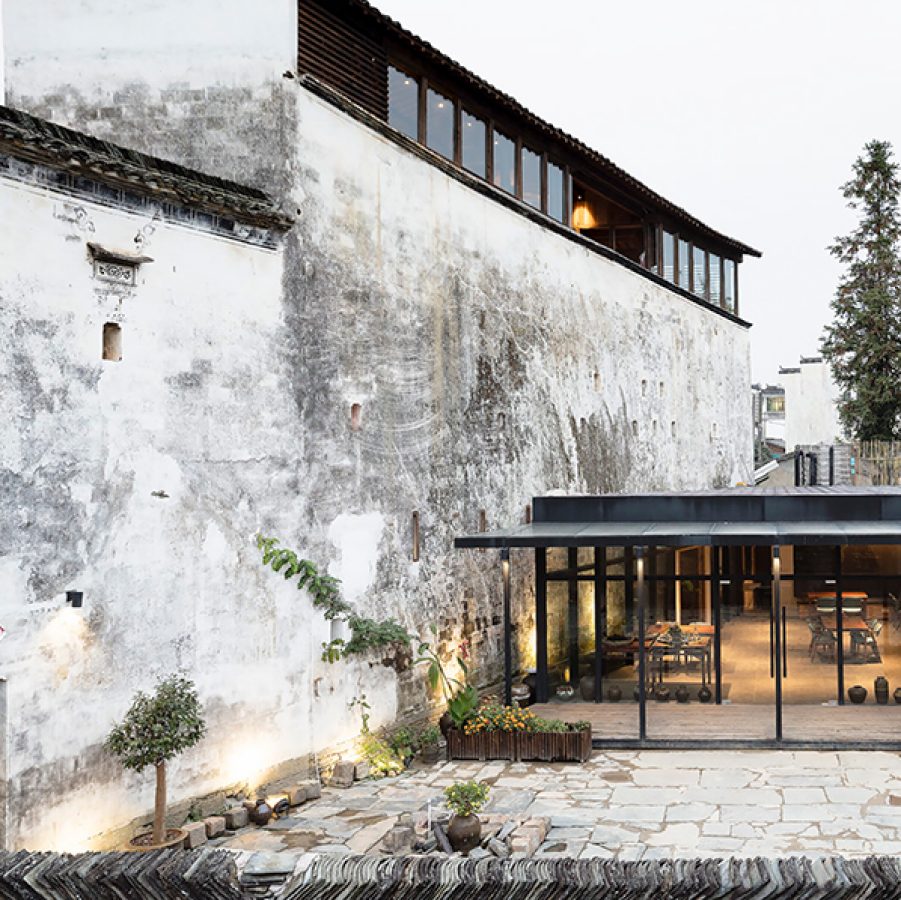
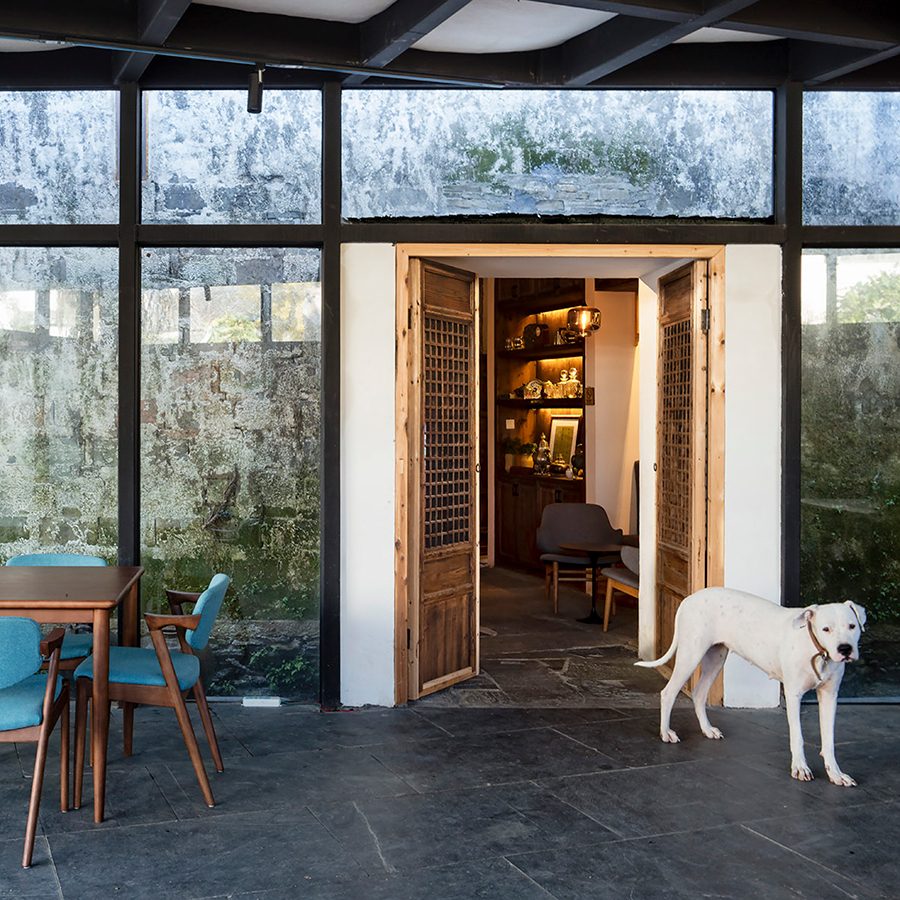
Wuyuan Skywells
A 300-year-old neglected mansion was given new life as Wuyuan Skywells in the hills of Yan Village in Jiangxi province. Anyscale Architecture Design was tasked with returning what was once a merchant’s inn to its former glory, preserving the traditional Qing dynasty architecture and working with village artisans when restorations were needed. Remnants of the building’s past inhabitants were left intact, from characters scribbled on weathered walls (lines from Mao Zedong’s little red book) to tales of merchant families hand-carved into the friezes. The new glass-framed dining space is where you can sample Jiangxi cuisine.
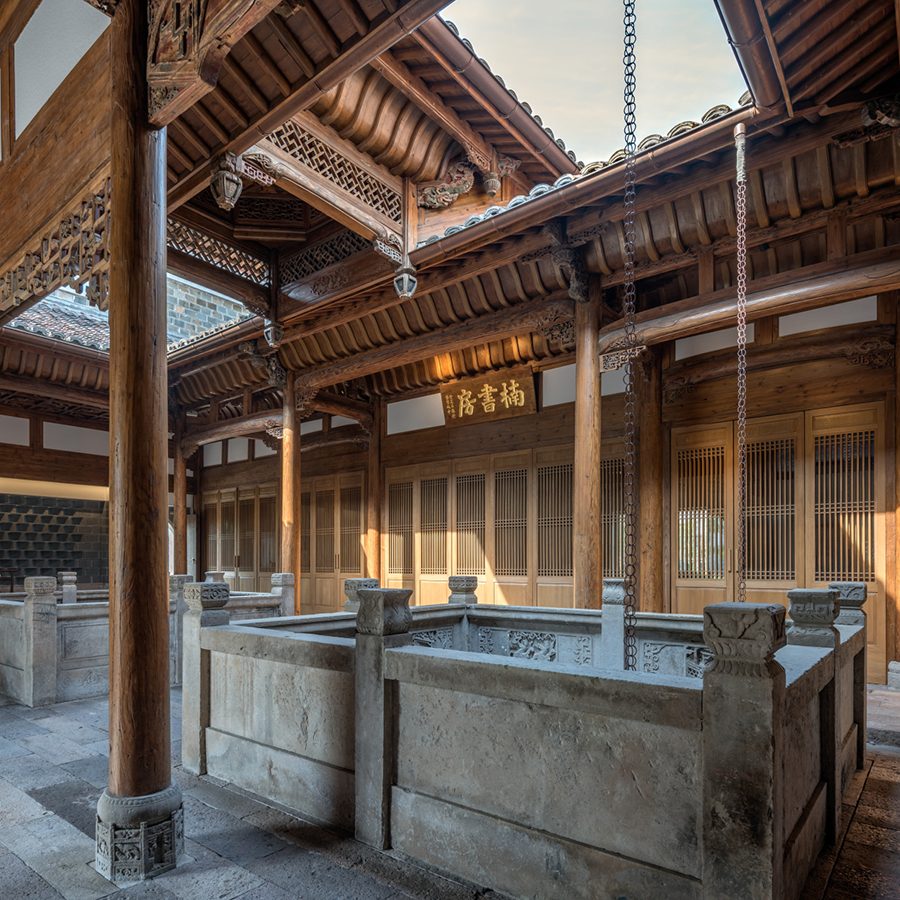
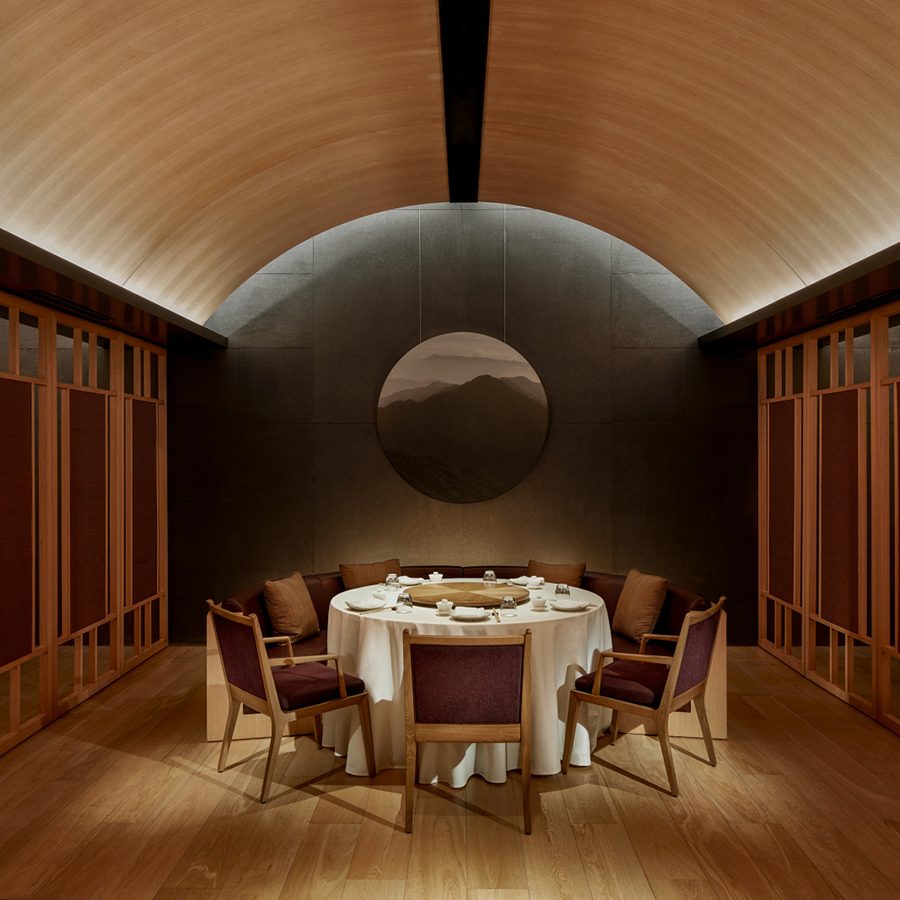
Amanyangyun
At risk of being demolished, 26 buildings from the Ming and Qing dynasties were disassembled stone by stone and transported (along with 10,000 centuries-old camphor trees) from Jiangxi province to an unassuming parcel of land on the outskirts of Shanghai. It was there that Aman’s fourth luxury hotel in China, Amanyangyun , was born. The ancestral homes have been transformed into elegant pavilions and villas, melding ancient architecture with contemporary design. One of the most impressive buildings was reserved for Nan Shufang, the resort’s cultural centre, where you can try your hand at traditional calligraphy, music and painting. A visit to the sumptuous spa rounds out the Aman experience.
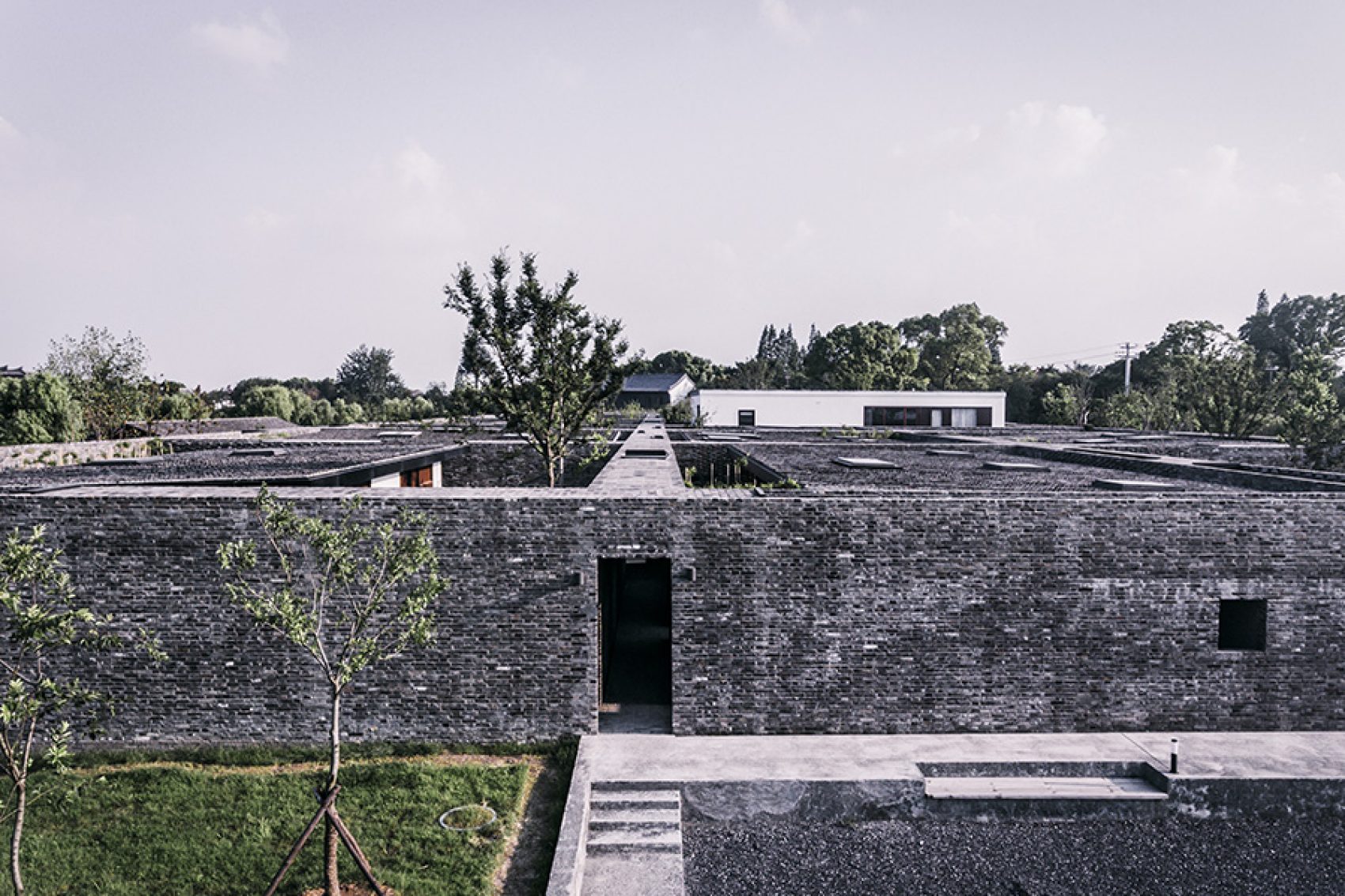
Tsingpu Yangzhou
It took 1.2 million reclaimed grey bricks to complete Tsingpu Yangzhou , a 20-room luxury boutique hotel near Yangzhou’s Slender West Lake. Inspired by Chinese courtyard vernacular, Shanghai-based studio Neri&Hu connected the site’s existing low-rise structures – an abandoned warehouse and a couple of cottages – with a grid of brick walls and paths, creating one unified structure. Discreet corridors take guests to their rooms, replete with wood and stone. Beyond lies the once-derelict warehouse, which now houses a theatre, exhibition space and restaurant serving organic fare. Numerous courtyards and small lakes dotted throughout the property provide space for contemplation, and a range of craft classes
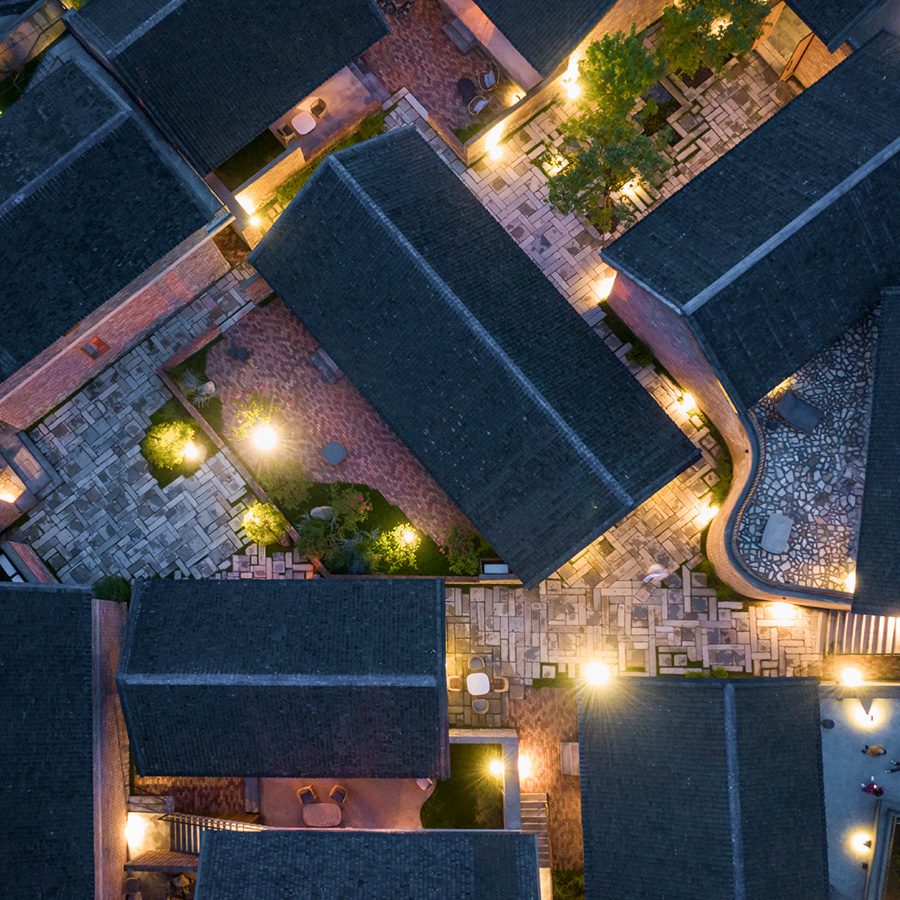

San Sa Village
Set in the small village of Beigou on the northern outskirts of Beijing, San Sa Village was built on a large but rather uninspiring plot that once housed a petrol station. In a prime example of a new build created with traditional Chinese design philosophies in mind, Shanghai design studio IlLab created a “village within a village” – a hotel complex of nine houses, arranged in line with a typical village plan and designed to fit seamlessly into the surrounding built environment by using local slate and bricks. While the terraces and narrow streets are intended to facilitate moments of interaction between neighbours, the 16 rooms offer solitude, with white plaster walls, dark wooden floors and furniture in muted tones, imbuing a feeling of nostalgia into a modern retreat.
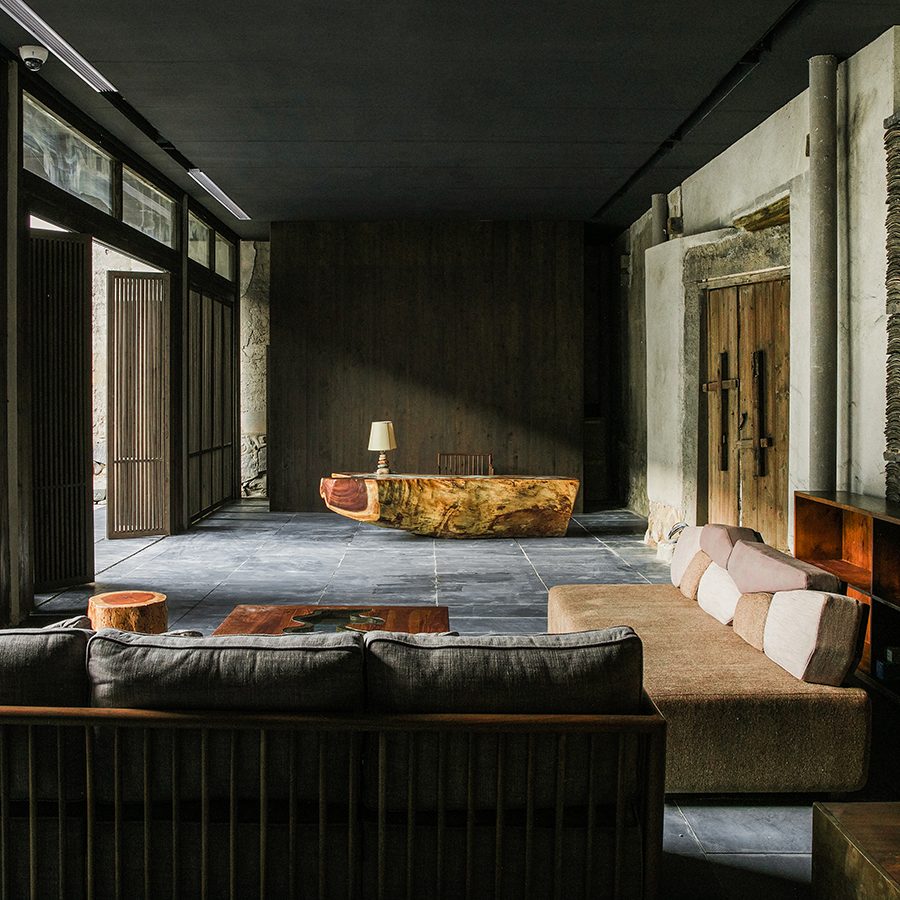
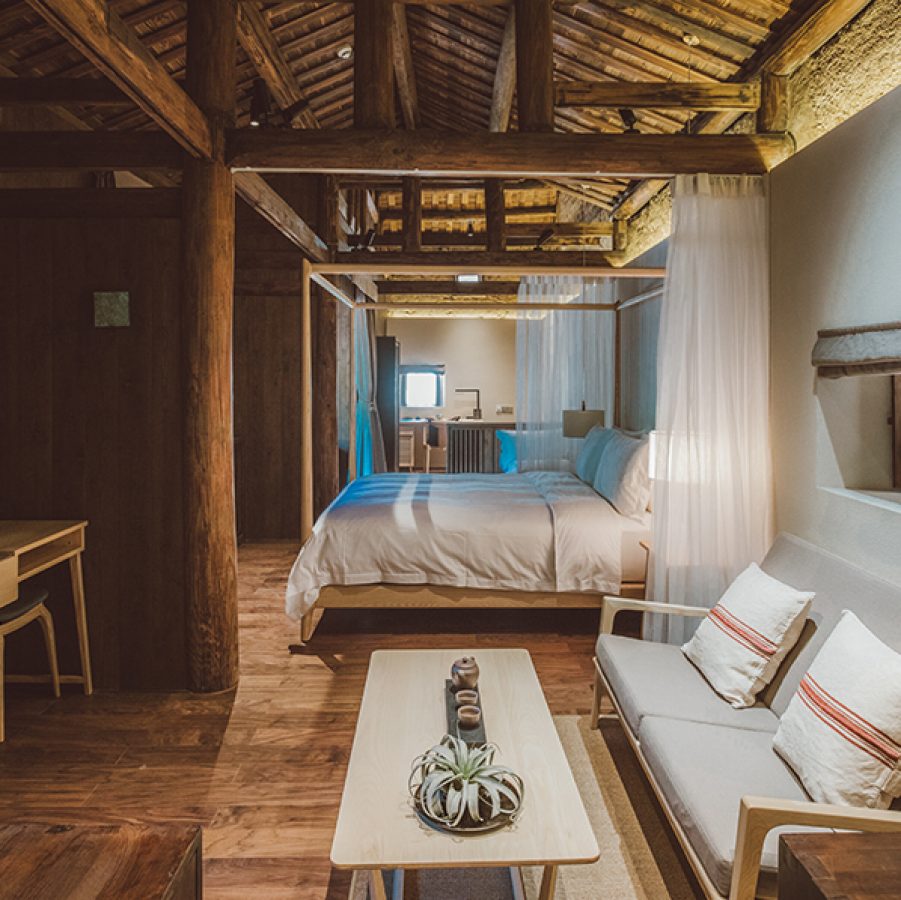
Tsingpu Tulou Retreat
In a Unesco-listed region of Fujian province, Tsingpu Tulou Retreat comprises five classical tulou, the earthen structures typical of the mountainous region. During the restoration project, Beijing-based studio TAO (Trace Architecture Office) retained the buildings’ ancient rammed-earth and wooden architecture, utilising wooden columns and beams from neighbouring structures where needed, and transformed the rooms with a palette of green slate, warm wood and Chinese fir. Cultural activities abound, from lessons in the onsite pottery studio to bamboo shoot foraging expeditions with experts in the surrounding mountains.
More inspiration
- China – the Chinese Mainland, Hong Kong SAR, Macao SAR and Taiwan Region
- Hong Kong SAR - English
- Chinese Mainland (China) - English
- Taiwan China - English
- 香港特別行政區 - 繁體中文
- 中国內地 - 简体中文
- 中國台灣 - 繁體中文
- Africa
- South Africa - English
- Asia
- Bangladesh - English
- Korea - English
- Singapore - English
- Cambodia - English
- 한국 - 한국어
- Sri Lanka - English
- India - English
- Malaysia - English
- Thailand - English
- Indonesia - English
- Maldives - English
- ประเทศไทย - ภาษาไทย
- Indonesia - Bahasa Indonesia
- Myanmar - English
- Vietnam - English
- Japan - English
- Nepal - English
- Việt Nam - tiếng Việt
- 日本 - 日本語
- Philippines - English
- Australasia
- Australia - English
- New Zealand - English
- Europe
- Belgium - English
- France - Français
- Россия - Русский
- Denmark - English
- Ireland - English
- Schweiz - Deutsch
- Deutschland - Deutsch
- Italia - Italiano
- United Kingdom - English
- España - Español
- Nederland - Nederlands
- Middle East
- Bahrain - English
- Saudi Arabia - English
- United Arab Emirates and Qatar - English
- Israel - English





.renditionimage.450.450.jpg)





